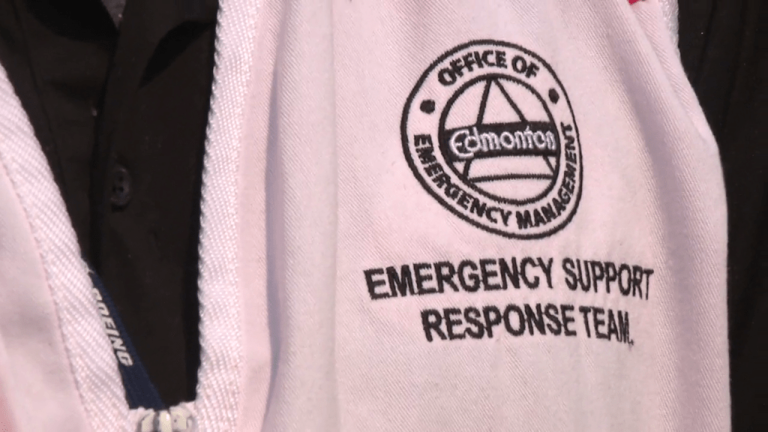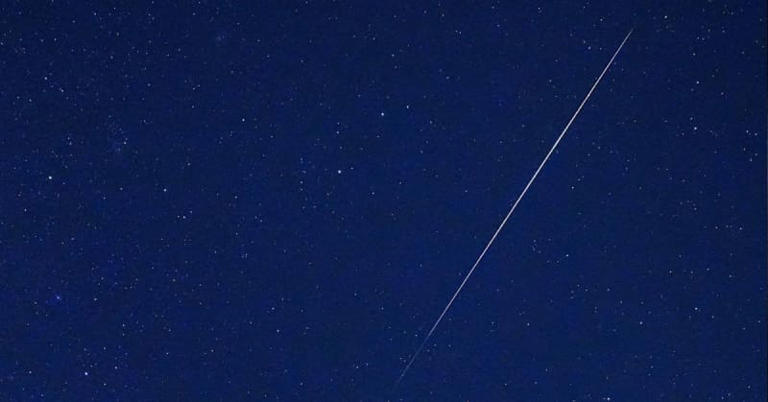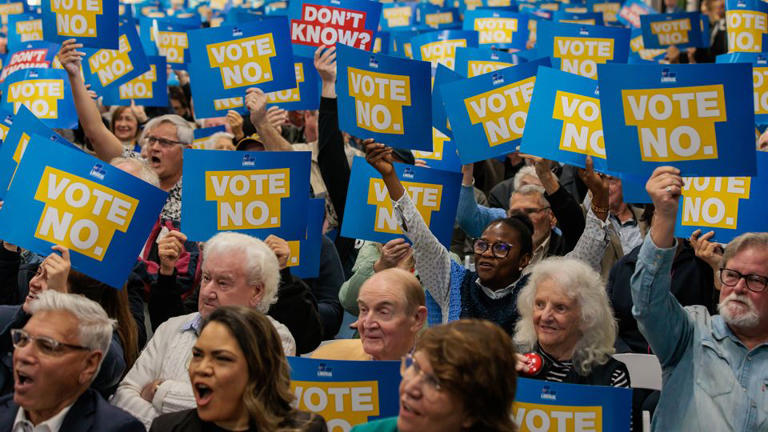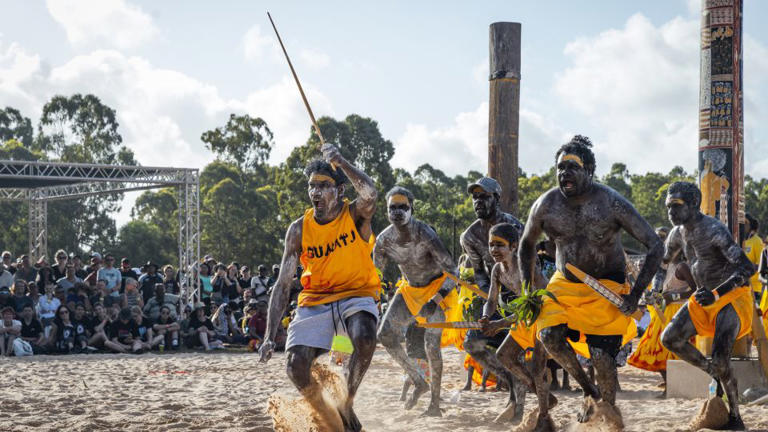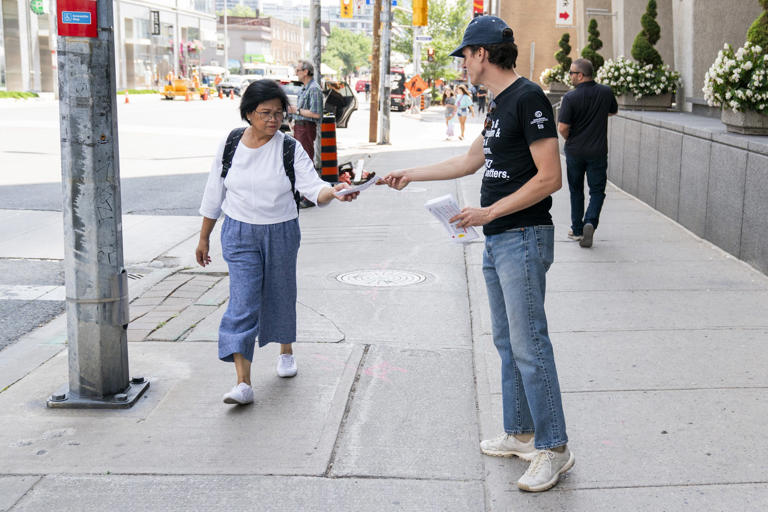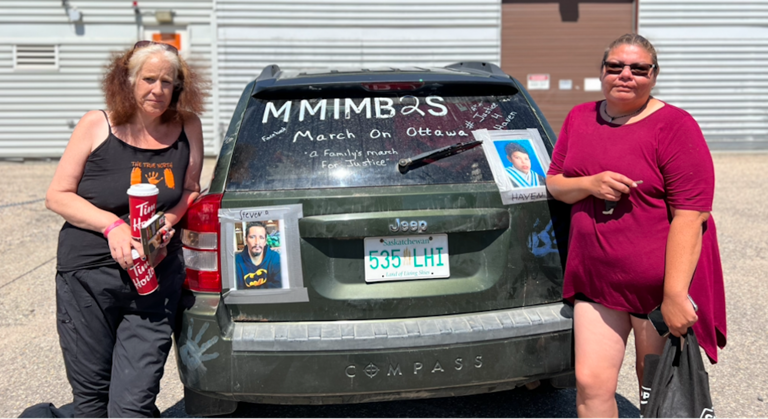Story by Larry Savage, Professor, Labour Studies, Brock University
Stephanie Ross, Associate Professor, School of Labour Studies, McMaster University
THE CONVERSATION
Interest arbitration is no panacea
Interest arbitration is seductive for unions given recent decisions that have awarded major wage increases to Ontario nurses and other health-care workers to compensate for the effects of Bill 124, which capped public sector wage increases at one per cent per year and has been deemed unconstitutional.
For workers whose wages have fallen behind over many years, the prospect of catching up without having to build for a potential strike is tantalizing.
Demobilizes unions
However, there are at least four reasons why prematurely agreeing to binding interest arbitration is highly problematic for unions.
First, it normalizes the idea that the right to strike is unnecessary. That kind of thinking demobilizes unions and renders members passive. Because the arbitrator’s decision is binding, members don’t get to vote on the final settlement and therefore become mere bystanders. In short, interest arbitration ignores the key to unions’ power — an organized and mobilized membership.
Second, reliance on interest arbitration can actually increase bargaining impasses by reducing the incentive to negotiate terms that both parties can live with. If a third party is going to decide what the contract says, why budge from one’s initial bargaining position?
Researchers call this the “narcotic effect” because both unions and management become dependent on interest arbitration to decide contract terms. The problem is that imposed settlements rarely resolve the underlying conflicts.
Interest arbitration is an inherently conservative process. There is no guarantee that wage increases in one sector will be reproduced in others. Furthermore, arbitration is a poor mechanism for addressing deeper issues like the lack of investment in public services, which underpins the real problems so many public sector workers face.
Read more: Canada's high schools are underfunded and turning to international tuition to help
Inherently conservative process
Third, while the current context may yield decent arbitration awards, especially on wages and benefits, the economic landscape is constantly changing. What may seem like a good tactic this time around may prove disadvantageous in the long term. Changing course in future rounds of bargaining may become difficult if leaders and members become invested in arbitration as the primary process for resolving contentious issues.
Finally, arbitration is based on comparisons. That means the quality of arbitration awards is dependent on the relative success of other unions at the bargaining table to set good wages, some of whom are forced to use the right to strike to reach settlements that meet their members’ needs.
In other words, good agreements for arbitrators to use as comparisons require someone leading the way. Unions that resort to interest arbitration by choice are essentially free riding on other unions that have preserved their right to strike to secure improved terms and conditions of work.
Union bargaining power has increased
The choice to opt for interest arbitration is even more perplexing given that the conditions for unions to win big gains at the bargaining table are better than they’ve been in decades.
Inflation generates a lot of sympathy for workers whose wages are not keeping pace. A tight labour market also gives workers increased leverage. Workers across the economy are using their right to strike to get ahead.
Forfeiting the right to strike and choosing interest arbitration effectively undermines the bargaining position of other unions and helps fuel divide-and-conquer labour relations strategies.
Giving up rights?
In the case of the OSSTF, the Ontario government has already used its deal with the union to pressure other education unions to follow suit.
In recent years, unions have won hard-fought battles against governments’ attempts to strip away workers’ rights to bargain and strike.
After all this effort, voluntarily giving away these rights and turning over all the power to an arbitrator seems unthinkable. Anti-union governments don’t have to worry about restricting the right to strike if unions are simply willing to give up that right in exchange for the crutch of interest arbitration.
This article is republished from The Conversation, a nonprofit news site dedicated to sharing ideas from academic experts.
Read more:
Ontario school strike: Government’s use of the notwithstanding clause — again — is an assault on labour relations
Stephanie Ross receives funding from the Social Sciences and Humanities Research Council.
Larry Savage receives funding from the Social Sciences and Humanities Research Council.
The Ontario Secondary School Teachers’ Federation (OSSTF) recently made headlines after reaching an agreement with the Ontario government to avoid the possibility of a strike in its current round of negotiations.
In short, the parties agreed to enter into binding interest arbitration to resolve any outstanding issues should they fail to reach a negotiated settlement by Oct. 27, 2023. OSSTF members will soon vote on whether to pursue this process.
On the surface, interest arbitration is appealing because it allows the parties to avoid a labour dispute and hands responsibility for resolving outstanding contentious issues to a neutral third party.
However, there are many reasons why trading the right to strike for binding interest arbitration is a minefield for unions — and why we as labour scholars and some OSSTF members and retirees have been left scratching our heads at OSSTF’s decision.
Outstanding bargaining issues
Interest arbitration is a mechanism for resolving outstanding bargaining issues. It’s most commonly used in instances where essential workers like firefighters or nurses are legally denied the right to strike. Less often, unions and employers use interest arbitration to achieve a first contract or resolve a contentious strike.
Once the parties negotiate to impasse, a neutral third party — the arbitrator — is called in to settle the outstanding issues. The result is binding on both parties.
In the case of OSSTF’s recent agreement with the province, it had not bargained to impasse, let alone conducted a strike vote to test members’ resolve and try to change the employer’s position.
In short, the parties agreed to enter into binding interest arbitration to resolve any outstanding issues should they fail to reach a negotiated settlement by Oct. 27, 2023. OSSTF members will soon vote on whether to pursue this process.
On the surface, interest arbitration is appealing because it allows the parties to avoid a labour dispute and hands responsibility for resolving outstanding contentious issues to a neutral third party.
However, there are many reasons why trading the right to strike for binding interest arbitration is a minefield for unions — and why we as labour scholars and some OSSTF members and retirees have been left scratching our heads at OSSTF’s decision.
Outstanding bargaining issues
Interest arbitration is a mechanism for resolving outstanding bargaining issues. It’s most commonly used in instances where essential workers like firefighters or nurses are legally denied the right to strike. Less often, unions and employers use interest arbitration to achieve a first contract or resolve a contentious strike.
Once the parties negotiate to impasse, a neutral third party — the arbitrator — is called in to settle the outstanding issues. The result is binding on both parties.
In the case of OSSTF’s recent agreement with the province, it had not bargained to impasse, let alone conducted a strike vote to test members’ resolve and try to change the employer’s position.
Interest arbitration is no panacea
Interest arbitration is seductive for unions given recent decisions that have awarded major wage increases to Ontario nurses and other health-care workers to compensate for the effects of Bill 124, which capped public sector wage increases at one per cent per year and has been deemed unconstitutional.
For workers whose wages have fallen behind over many years, the prospect of catching up without having to build for a potential strike is tantalizing.
Demobilizes unions
However, there are at least four reasons why prematurely agreeing to binding interest arbitration is highly problematic for unions.
First, it normalizes the idea that the right to strike is unnecessary. That kind of thinking demobilizes unions and renders members passive. Because the arbitrator’s decision is binding, members don’t get to vote on the final settlement and therefore become mere bystanders. In short, interest arbitration ignores the key to unions’ power — an organized and mobilized membership.
Second, reliance on interest arbitration can actually increase bargaining impasses by reducing the incentive to negotiate terms that both parties can live with. If a third party is going to decide what the contract says, why budge from one’s initial bargaining position?
Researchers call this the “narcotic effect” because both unions and management become dependent on interest arbitration to decide contract terms. The problem is that imposed settlements rarely resolve the underlying conflicts.
Interest arbitration is an inherently conservative process. There is no guarantee that wage increases in one sector will be reproduced in others. Furthermore, arbitration is a poor mechanism for addressing deeper issues like the lack of investment in public services, which underpins the real problems so many public sector workers face.
Read more: Canada's high schools are underfunded and turning to international tuition to help
Inherently conservative process
Third, while the current context may yield decent arbitration awards, especially on wages and benefits, the economic landscape is constantly changing. What may seem like a good tactic this time around may prove disadvantageous in the long term. Changing course in future rounds of bargaining may become difficult if leaders and members become invested in arbitration as the primary process for resolving contentious issues.
Finally, arbitration is based on comparisons. That means the quality of arbitration awards is dependent on the relative success of other unions at the bargaining table to set good wages, some of whom are forced to use the right to strike to reach settlements that meet their members’ needs.
In other words, good agreements for arbitrators to use as comparisons require someone leading the way. Unions that resort to interest arbitration by choice are essentially free riding on other unions that have preserved their right to strike to secure improved terms and conditions of work.
Union bargaining power has increased
The choice to opt for interest arbitration is even more perplexing given that the conditions for unions to win big gains at the bargaining table are better than they’ve been in decades.
Inflation generates a lot of sympathy for workers whose wages are not keeping pace. A tight labour market also gives workers increased leverage. Workers across the economy are using their right to strike to get ahead.
Forfeiting the right to strike and choosing interest arbitration effectively undermines the bargaining position of other unions and helps fuel divide-and-conquer labour relations strategies.
Giving up rights?
In the case of the OSSTF, the Ontario government has already used its deal with the union to pressure other education unions to follow suit.
In recent years, unions have won hard-fought battles against governments’ attempts to strip away workers’ rights to bargain and strike.
After all this effort, voluntarily giving away these rights and turning over all the power to an arbitrator seems unthinkable. Anti-union governments don’t have to worry about restricting the right to strike if unions are simply willing to give up that right in exchange for the crutch of interest arbitration.
This article is republished from The Conversation, a nonprofit news site dedicated to sharing ideas from academic experts.
Read more:
Ontario school strike: Government’s use of the notwithstanding clause — again — is an assault on labour relations
Stephanie Ross receives funding from the Social Sciences and Humanities Research Council.
Larry Savage receives funding from the Social Sciences and Humanities Research Council.

